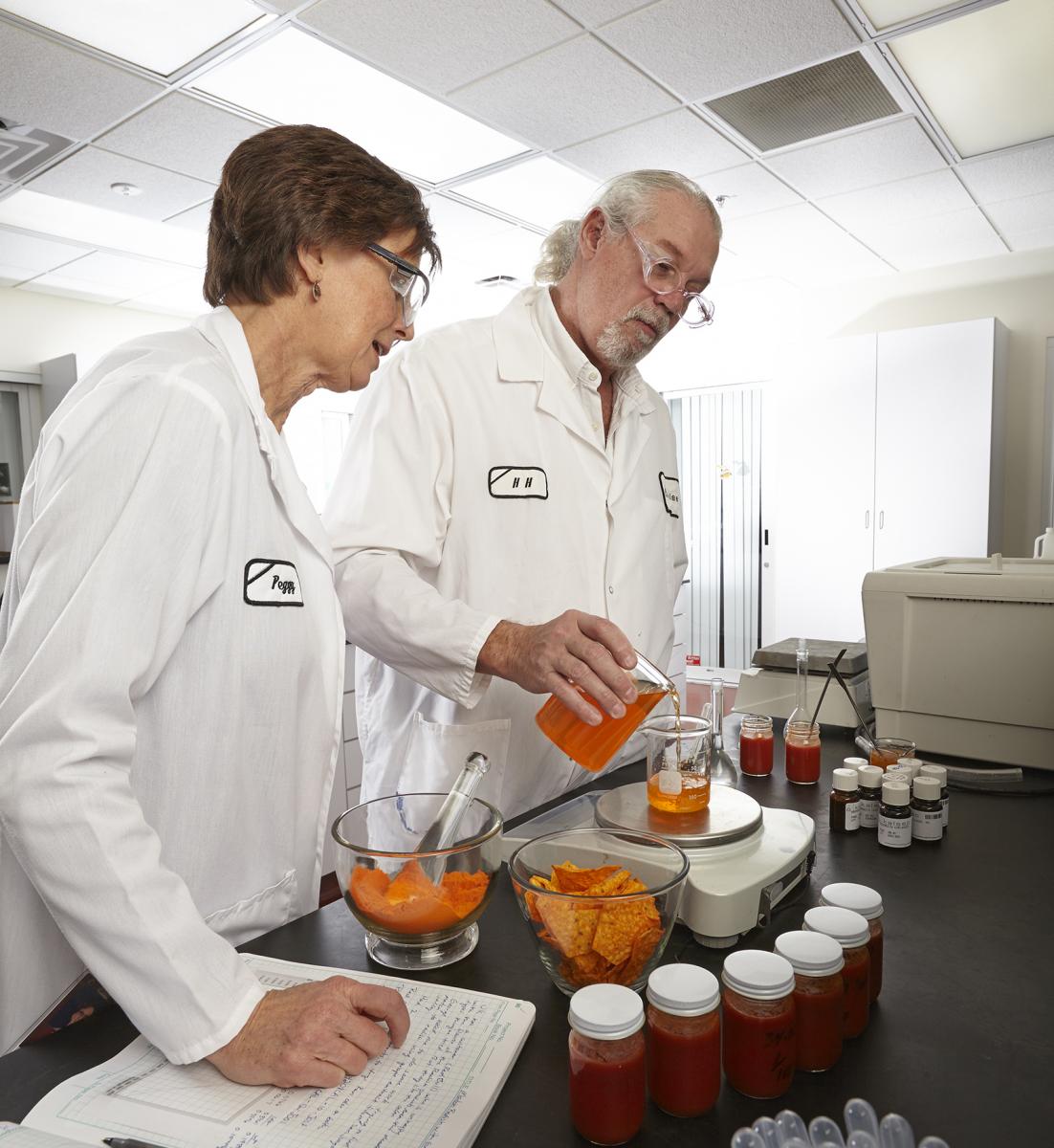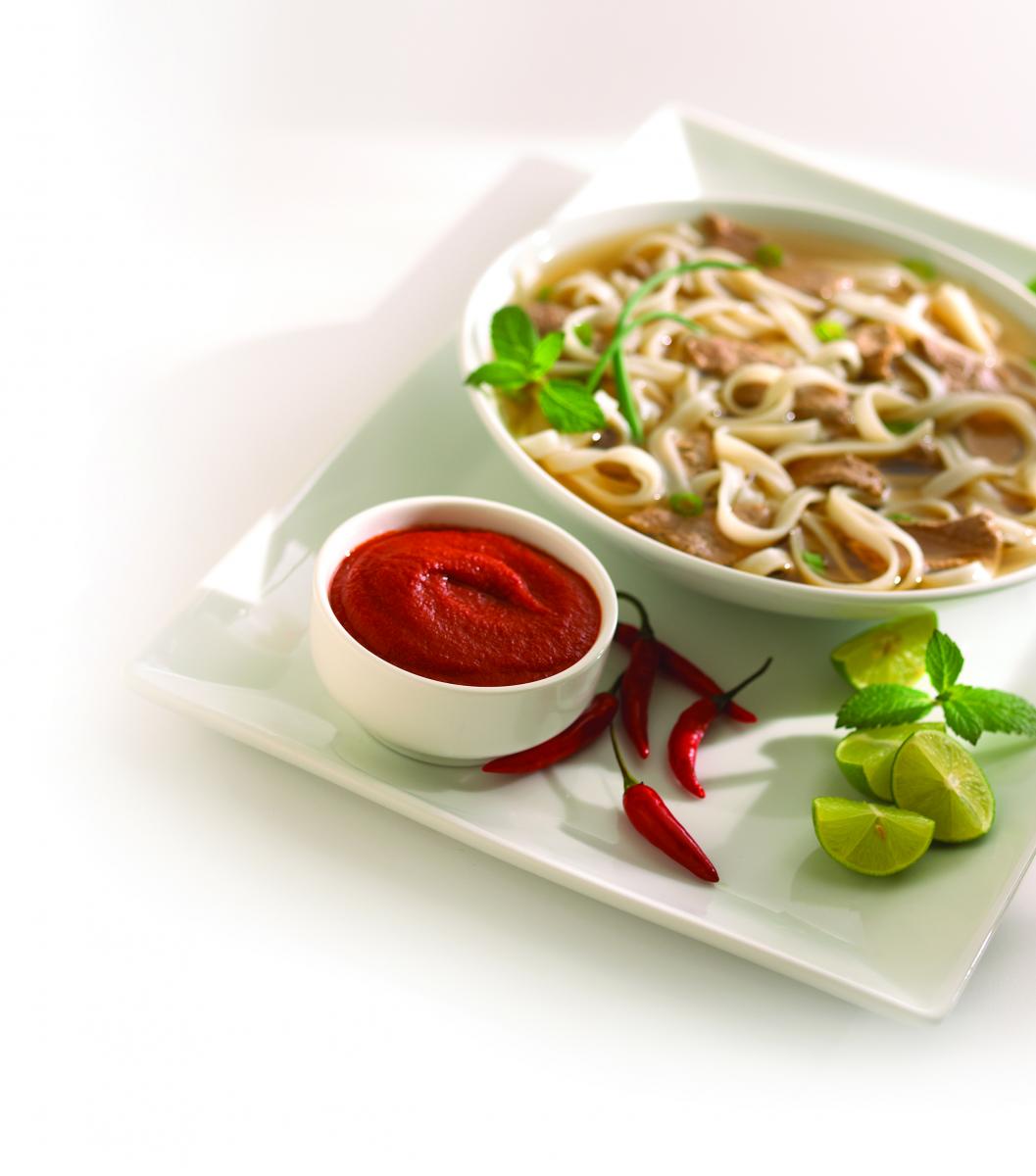CONSUMER scrutiny of ingredient labels has created an increased need for food and beverage manufacturers to find suitable alternatives to synthetic ingredients. The preference for foods and beverages that contain fewer additives, including synthetic colors, has resulted in the need for ingredient manufacturers to develop suitable naturally sourced alternatives, including colors. However, developing natural alternatives that perform as well as their synthetic counterparts can be challenging. But the gap between the synthetic and naturally sourced color alternatives is decreasing as the consumer desire for cleaner labels increases.
The process of sourcing raw materials
How an ingredient supplier sources their raw materials can be an indicator of the quality of product you should expect to receive from them. A critical component of the process is that your supplier oversees the selection and source of the raw material as well as utilizing consistent, reliable processing methods in the manufacturing of their ingredients. Carefully overseeing the raw material selection process and monitoring the processing conditions should result in natural coloring solutions that are comparable to synthetic alternatives, especially in heat and light stability.

Carefully overseeing the raw material selection process and monitoring the processing conditions should result in natural coloring solutions that are comparable to synthetic alternatives, especially in heat and light stability
An overview of natural color options
The scope of natural color options spans from yellow to orange to red to green to brown and blends of these colors to create a full spectrum of hues. Here is a brief description of the raw materials used to create the full range of hues.
Shades of yellow
The primary raw materials used for the development of naturally sourced yellow hues are turmeric and carrot. Turmeric is a rhizome or root like structure of an herbaceous perennial plant in the ginger family. Orange carrot is a common root vegetable and is highly prized for its alpha and beta carotene content. Applications where turmeric and carrot extracts can be used effectively to create a golden yellow hue include margarines, soups, sauces, yoghurt, confectionery and cereals. Because turmeric can often have a greenish tint, combinations of turmeric with annatto are frequently used where legislation permits.
Orange hues
Carotenoid pigments from paprika and annatto provide a natural orange hue for coloring many products including sauces, confections, spray dried cheese coatings and dry seasonings. Paprika is a spice made by grinding the flesh of dried sweet red peppers, while annatto is a reddish pulp surrounding the outside of the seed of a South American tree. In the food and beverage industry, carotenoids are the most widely used and robust natural color pigments in use. While there are some high processing temperatures that can create challenges when using carotenoid pigments, the ingredient offerings continue to improve and high stability products are ever evolving.
The red range
Red hues for food and beverage are achieved by the use of either carmine or fruit and vegetable concentrates (anthocyanin pigments). While carmine is an excellent color for beverages, confectionery and meats, its non-kosher status is an issue for other applications. Anthocyanin pigments are found in edible fruits and vegetables, including black carrot, grape skins, cabbages, sweet potatoes and radishes. The challenge of working with anthocyanin pigments lies in the pH effect on hue and stability. Anthocyanins are most red and most stable at a pH value of 3-3.5 and sometimes as high as 4.5. At a pH value higher than 4.5, the hue becomes bluer and less stable. Anthocyanins work well in confectionery, fruit preparations and beverage applications.

Red is derived from carmine or fruit and vegetable concentrates; brown hues are created by using turmeric or carrot for a more yellow hue, or paprika for a more crimson shade
Green hues
Green is most often used in sauces, dressings, seasonings, and confectionery. Derived from fescue, Sodium Copper Chlorophyllin, a water-soluble pigment, is one alternative to synthetic green colors. Regulatory approval of Sodium Copper Chlorophyllin varies by region.
Shades of brown
Replacing water-soluble brown colors with caramel is relatively easy. There are a wide range of caramel colors for use in beverages, sauces and poultry coatings. By adding turmeric or carrot, you can adjust the hue to a more yellow hue, or add paprika to achieve a redder hue.
High stability natural colors
Pigment oxidation is often associated with a loss of color that is easily seen in food and beverages. Factors contributing to oxidation and degradation of carotenoid and anthocyanin pigments include light, oxygen, heat and trace metals. Usually less apparent, but no less damaging to product quality is the production of “off” flavors and aromas that accompany carotenoid pigment oxidation.
The industry has responded by developing natural colors that are more are more stable than standard natural colors, even those relying on BHA, BHT, and TBHQ for added stability. By using patented technology to protect carotenoid and anthocyanin pigments from oxidative degradation, extended color life and protection of delicate flavors can be achieved. These products can improve the visual appeal of snack seasonings, spice blends, batters and breadings, bakery mixes and an array of other food products. Available in yellow, orange and red hues, these natural colors can provide you would high stable alternatives to synthetics for your application.
Collaboration with your ingredient supplier
While it is important that your natural color supplier carefully oversees the raw material sourcing process, the other critical component is an understanding of how their ingredients perform in various applications. In addition, it is necessary for them to understand consumer desires and to have knowledge of current trends so they can continue to develop new products to meet these needs.
How do you make the switch from synthetic to natural colors? Work closely with your supplier to find a functional natural color that provides you with the correct hue, appropriate solubility and shelf-life stability. A knowledgeable supplier can guide you through the challenges in finding alternatives for synthetic colors that can be light and heat stable in your particular application. Start by providing your supplier with a finished food target, a sample of uncolored base, a sample of the current color you are using and the usage rate. Then it is important to provide any product specifications that should be taken into consideration when finding the best natural color solution for your application. Let them know what would work best; is it an oil soluble, water dispersible or oil dispersible ingredient that will be most compatible with the other ingredients in the food? By working collaboratively with your supplier, you can be assured of finding the best ingredient to meet your needs.
Air Jordan XIII Melo PE
 iConnectHub
iConnectHub
 Login/Register
Login/Register Supplier Login
Supplier Login


























